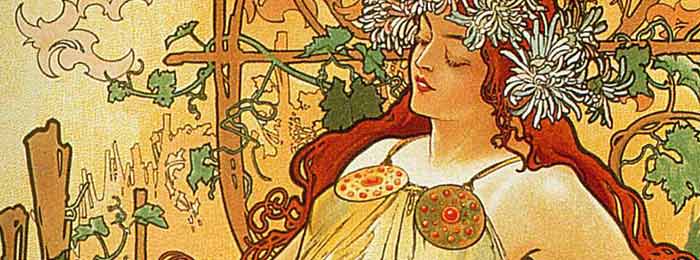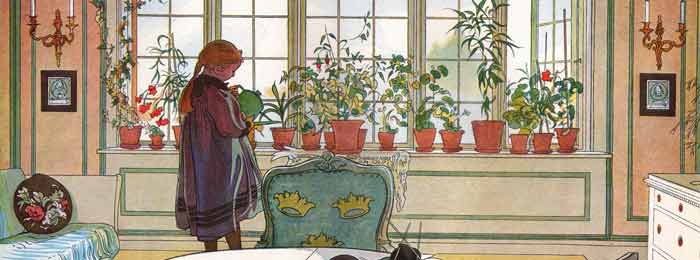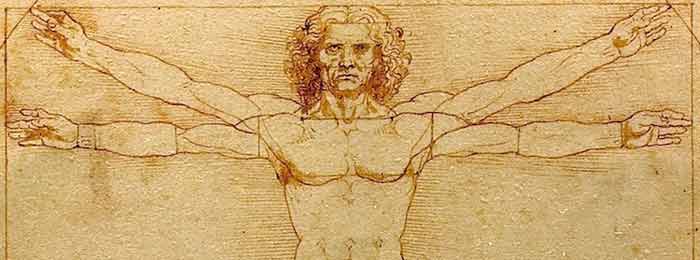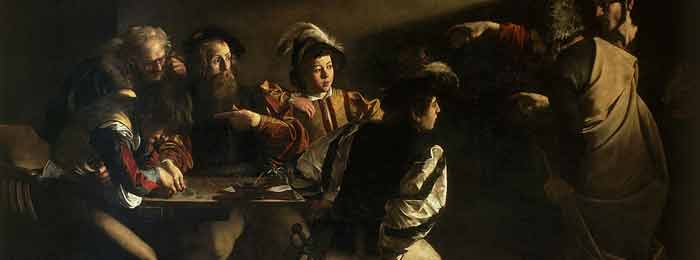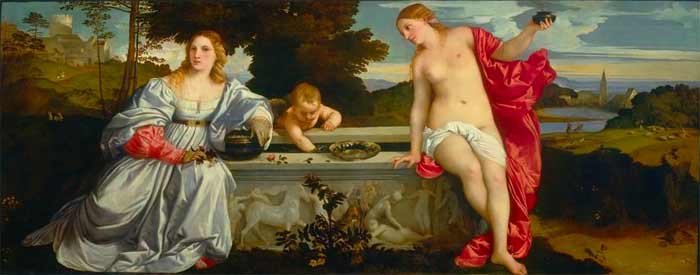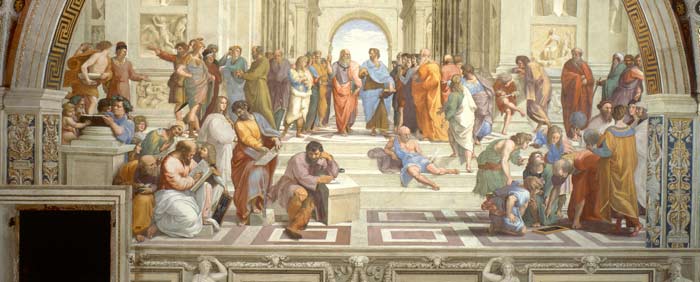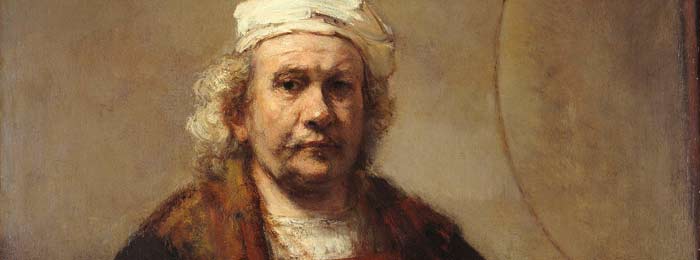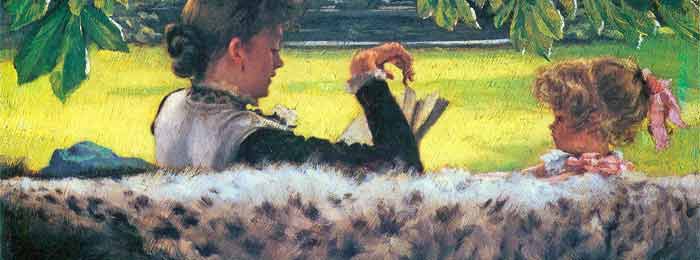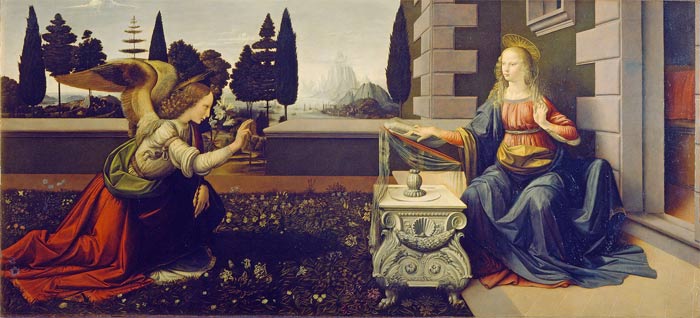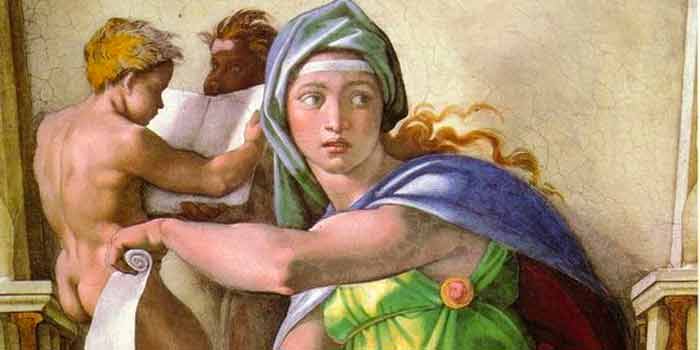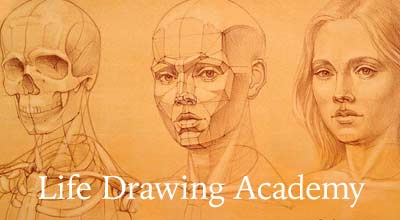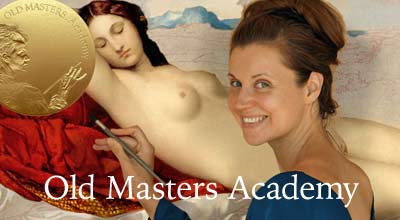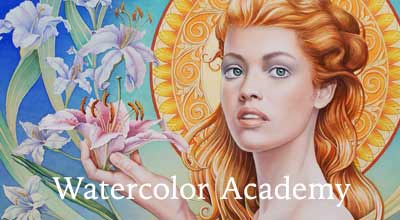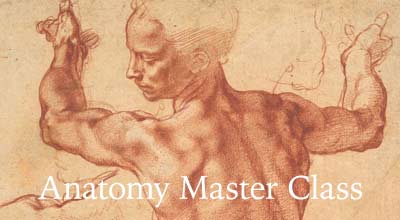The Seasons (1896) by Alphonse Mucha
Article by Flora
The Seasons is a set of paintings by Alphonse Mucha from the late nineteenth century. The Seasons is a four-piece work, each painting representing a season of the year. The beautiful Art Nouveau style with vibrant colors brings a memorable and delightful work of art and imagination.
The first set of The Seasons, made in 1896, was so beautiful that two more sets were ordered in 1897 and 1900. In this article, we will study the first set.


